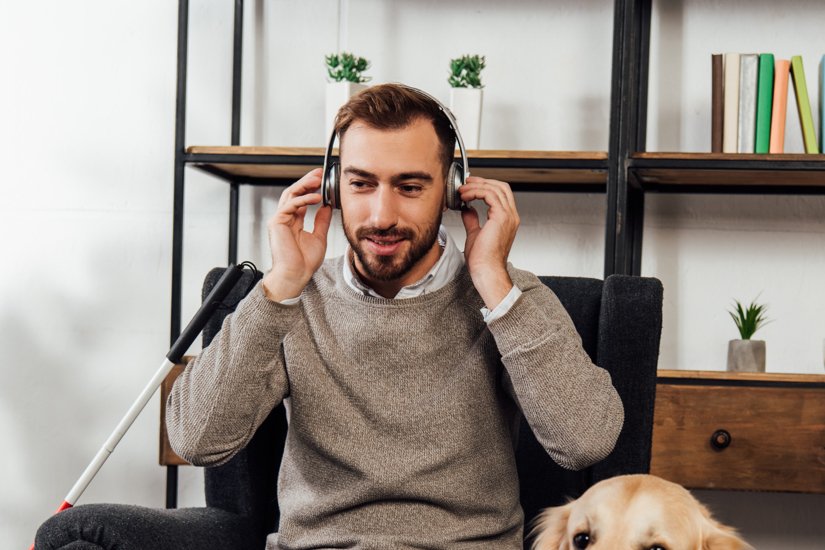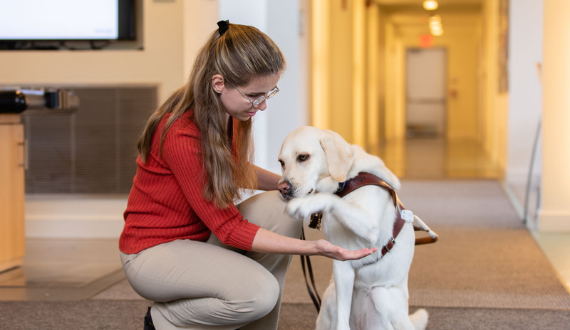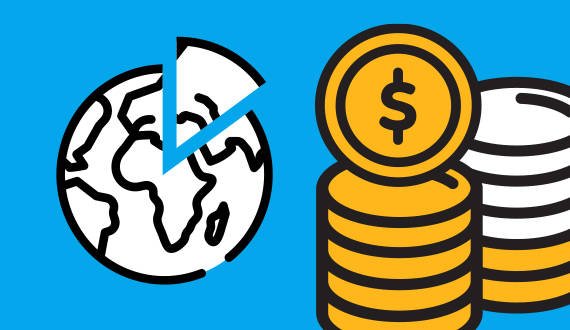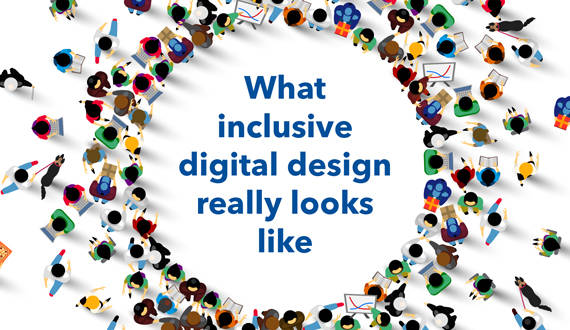
Accessibility is inclusion
The world is increasingly digital, from shopping to consumer products to telehealth appointments, job applications, banking, and more. Unfortunately, millions of people with disabilities still face barriers online.
But it doesn’t have to be that way. By committing to digital accessibility, you can help ensure that everyone can participate fully in our digital world, whatever their abilities.
Together, we can make it happen.
Digital accessibility, defined
Digital accessibility means designing and developing a digital world that includes everyone.
Websites, mobile apps, consumer products and other digital experiences can be made usable for all people, regardless of age, ability or means of access — but only if accessibility is part of the design and development process.
Otherwise, there will inevitably be barriers that make it difficult or impossible for people with disabilities to engage and interact as intended.
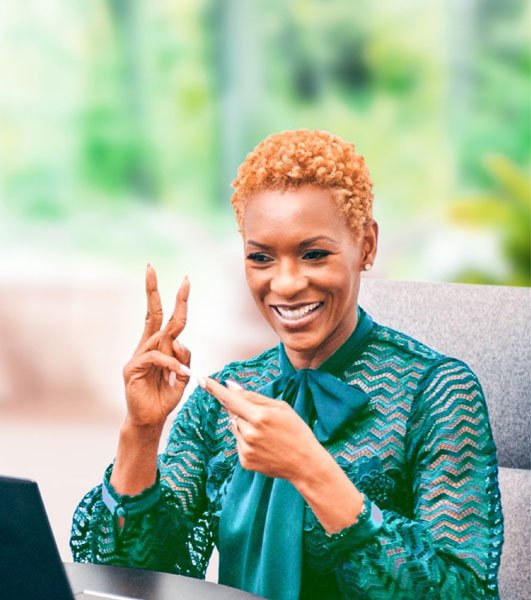
Answers to the most common accessibility questions
A digital barrier is anything that gets in the way of someone being able to fully use or engage with a digital experience. For example:
- An online form that times out quickly can be a barrier for someone with a physical disability, who has limited mobility and needs more time to complete the fields.
- Moving, blinking, or flickering content, or background audio that can’t be turned off, can be barriers for people with cognitive disabilities.
- Text and images with insufficient contrast between foreground and background color are common barriers for people with a visual disability.
- A video without captions can be a barrier for someone who is Deaf or hard of hearing.
Accessibility is important for websites, but is equally vital for all digital experiences, including mobile apps, digital displays, kiosks, connected products, and more. Anything with a digital interface or connection should be developed with the needs of people with disabilities in mind.
People who are blind and visually impaired actually use computers, phones, and other electronic devices just as much as sighted people. They just have different ways of accessing them. Blind people interact with technology using what are called assistive technologies. These include screen readers (which read onscreen content aloud), refreshable braille displays, and digital screen magnification.
The impact of accessibility
61 million adults in the US — and one billion people worldwide — have a disability.
Disabilities span a wide range of categories, including mobility, vision, hearing, and cognition. Some disabilities are invisible or temporary, and in many cases, people develop disabilities as they age. It’s estimated that 1 in 4 people will experience a disability at some point in their life.
So, when you improve accessibility, you’re not just helping a select few individuals; you’re making change on a global scale.
How businesses are thinking about accessibility today
More and more organizations today recognize the importance of diversity, equity, and inclusion (DEI). As part of their DEI work, they’re building more inclusive cultural, physical, and digital environments for people with disabilities — whether it’s their customers, employees, or vendors.
But accessibility is more than just the right thing to do. It’s also a smart business decision.

How everyone benefits from accessible design
Accessible digital experiences are more intuitive, flexible, and user-friendly — which makes them better not just for people with disabilities, but for everyone. Accessible design best practices like video captions, color contrast, and intuitive forms and labels improve the user experience cross the board. As you build your knowledge, you can guide your company toward a culture of accessibility, where the needs of all users are built into your design and development process.
Ready to find out where your organization stands, and how you can improve? Get in touch and we’ll set up a time for your team to meet with one of our experts.
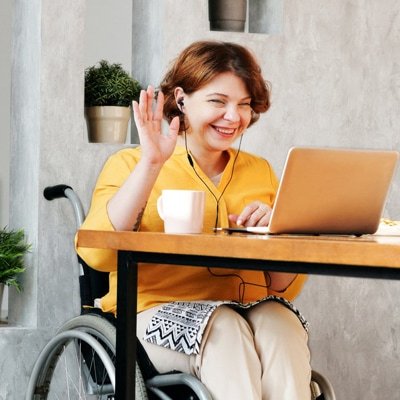
Do accessibility overlays work?

How do I get started?
-
Learn and share
Talk to your colleagues about what accessibility is and why it’s important. Revisit your products and processes through an accessibility lens. Keep learning and stay informed. -
Get buy in
For accessibility to take root, everyone needs to buy in. Bring internal stakeholders from across your organization together to commit to accessibility, and a develop a strategy for moving forward. -
Call in the experts
You don’t have to figure out accessibility on your own. Perkins Access can help, with industry-leading experts, real users with disabilities, and a broad range of services and support.
Learn more about how we can help you
Strategic Consulting
Perkins Insights
Digital Accessibility Training
Inclusive Design Review
Client Testimonial

"If you don’t have the person in mind when you’re working to improve accessibility, it’s going to fail somewhere. It needs to be more than a task — it needs to be a mission."
Talk to an expert about your accessibility needs.
